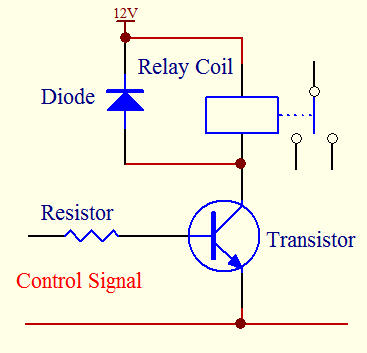critter4511
New Member
I've built an OR gate circuit to trip a relay. What I want is when any one of the 3 inputs have 5vdc, or a logic high, the OR gate will output 5vdc to the transistor which will trip the relay. It all seems to work until I start adding the actual wiring to the input pins of the OR Gate/circuit board. Just attaching a wire, either by soldering or just touching it to pins 1, 2 or 13, with NO voltage present will trip the relay. Pin 11 will show about 2.5v - 2.8v, and the relay chatters quickly. Desolder the wire or remove it and it all stops. When the wires are attached, there seems to be just enough voltage to turn the 2N2222 on and off quickly. Applying 5vdc directly from the power source to any of those pins with a jumper makes the circuit function properly. So why does just touching or attaching a wire to pins 1, 2 or 13 cause any voltage to be present at pin 11?


